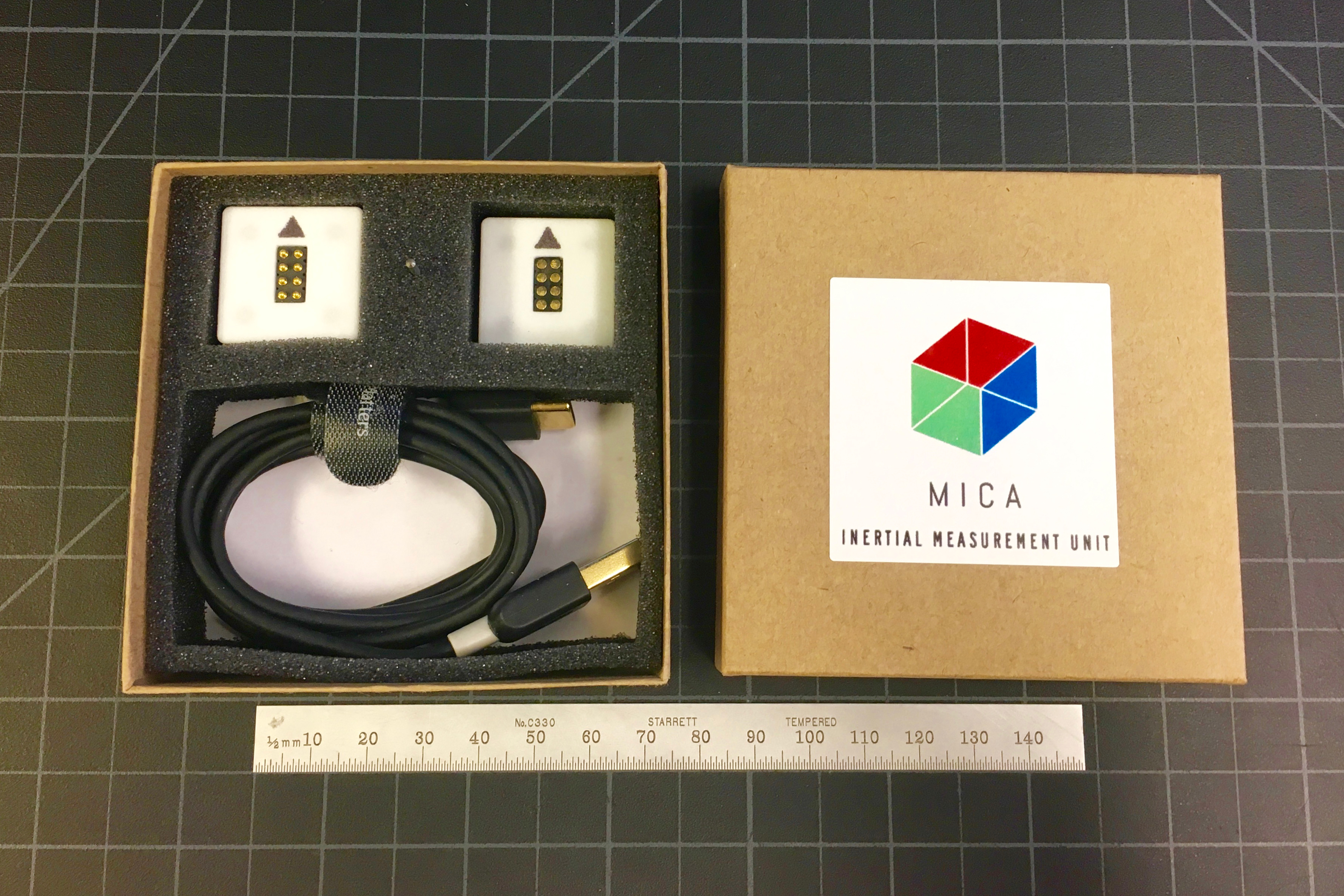The Quantification Tool
The MICA Education Initiative aims to empower students of all ages by providing hands-on, data-driven STEM learning experiences. We harness the power of technology to improve student learning based on three core ideas. First, students are most engaged with their learning when they have a deep motivation for why a task is relevant. Second, "learning by doing" produces a much deeper and robust understanding than "learning by listening". Finally, measurement and quantification of physical phenomenon are essential for understanding how the world works.
MICA is an ecosystem of hardware, software, and curriculum. The technology is low-cost and easy to use but powerful and accurate for laboratory research. By leveraging miniaturized sensing technologies, economies of scale, advanced communication protocols, and world-class content, MICA makes quantification approachable and accessible to all.
University Education
Laboratory-based instruction in engineering education emphasizes how various sensors and actuators function, and how to analyze the data collected. These lessons require access to a broad range of sensors that can be coupled to software and hardware environments with minimal set-up time so that measurements can be made and analyzed during class.
Off-the-shelf sensors used in most engineering classrooms are not ideal. First, most sensors are connected to data acquisition systems via wires. These wires can easily interfere with measurements that students collect, particularly if the measurement system involves moving parts. Second, many existing measurement systems used in laboratory courses are unable to generate input variables, while simultaneously measuring the resulting output variables. As a result, students are unable to quantify many input stimuli or are faced with the daunting task of implementing a patchwork of separate sensors and generators.
MICA overcomes these challenges by offering a small wireless device that integrates all necessary hardware in miniaturized, plug-and-play packages. The team has designed and fabricated a modular system of sensors and generators, in addition to desktop robots to run experiments.
To date, MICA has been used in the first-year course Physics I and the third-year course Measurement and Instrumentation. Each semester, over 800 MIT undergraduates use MICA in their courses.
K-12 Education
STEM education in elementary and middle schools often involve guided experiments led by a teacher. In high school, students may begin to conduct their own experiments but these are often highly scripted and leave students with little flexibility to explore their own passions. Moreover, few K-12 classrooms are equipped with advanced capabilities to quantify experimental results and analyze the data.
MICA provides a low-cost solution for personalized learning in STEM. Instead of assigning learning objectives sequentially to students, the interactive learning software provides students with an array of available objectives. Students choose the tasks that interest them most. In charting their own path through the curriculum, students move at a pace that is appropriate for them. All objectives involve active, hands-on engagement by the student. Teachers play a key role in scaffolding student learning in MICA’s inquiry and problem-based learning environment.
MICA has deployed in STEM workshops for K-12 students. Over one hundred young learners (as young as 8 years old) have learned using MICA.
Team
Craig Cheney is a Ph.D. candidate in the BioInstrumentation Laboratory at MIT. Craig’s interests lie at the intersection of controls, instrumentation, and robotics. Craig serves as the project lead and has managed the technical development of MICA since 2014.
Nickolas Demas is a Ph.D. candidate in the BioInstrumentation Laboratory at MIT. His current research focuses on developing new acoustic sensors for medical and industrial applications. Nickolas brings to MICA his expertise with mechatronic systems, experience launching commercial products, and drive to deliver high quality UX.
Nozomi Nakajima is a Ph.D. candidate in Education and A.M. candidate in Statistics at Harvard University. Nozomi’s research uses causal inference methods to evaluate education programs and to understand how schools can better support learning for children in under-resourced communities. Nozomi supports the education components of MICA.
Dr. Lynette Jones, an MIT Senior Research Scientist, directs the Cutaneous Sensory Lab and is an expert in novel display technologies. She has contributed extensively to the area of haptics, tactile and thermal displays, and sensorimotor control of the hand. Lynette lends comprehensive transducer knowledge, deep experience in data analysis, and a first-hand educator perspective to MICA.
Professor Ian Hunter, the Hatsopoulos Professor of Mechanical Engineering at MIT, directs the BioInstrumentation Laboratory where MICA was born. Ian is a prolific inventor with over 150 issued and pending patents and his inventions have been used by numerous companies, 22 of which he founded or co-founded. Ian brings to MICA broad technical knowledge and a strong passion for teaching and developing accessible STEM educational content (for which he has received several teaching awards at MIT).
Additionally, the MICA team would like to recognize and thank Brian Cheney for his outstanding work and contributions to the project.

